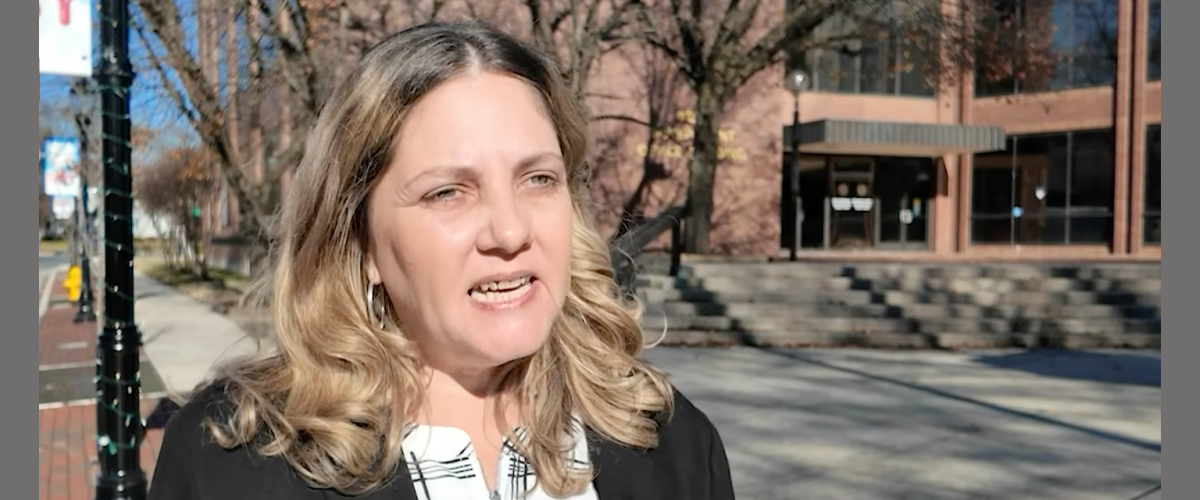Questions for Our County Commissioner Candidates
The letter and questions for candidates below were formulated specifically for the current County Commissioners race in Kent County, Maryland. However, the issues—attracting jobs to non-urban areas, the quality and funding of public education, a continuing slow loss of medical services and the problems of transportation in rural areas—tend to be similar across the Eastern Shore and other rural and small-town areas. These questions could be adapted for other county or town candidates.
Dear County Commissioner Candidates,
Thank you for running for Kent County Commissioner. We appreciate your willingness to serve our county. Carla Massoni and I co-chair the Greater Chestertown Initiative (GCI), a group of organizational leaders and concerned citizens that work together on issues we believe to be a priority for our community’s well being. Never have we been more aware of how important elections are for our local community and nation. As a result, GCI held several meetings to identify, discuss and reach bipartisan consensus on five issues we deem critical to our county. We then developed questions to elicit each candidate's positions and approaches to these priorities.
Since all of our group have a keen interest in your answers to these questions, it would be appreciated if you would provide written responses. Alternatively, I would be most happy to audio record your answers if that would be more convenient. Just let me know some possible times that would work for you. Rest assured that your responses (either written or oral) will be broadly disseminated to our group and others who would be interested in learning each candidate’s position on these questions prior to the election.
Sincerely,
Lani Seikaly and Carla Massoni
Co-Chairs, Greater Chestertown Initiative
Questions for County Commissioner Candidates
Economic Growth
- The Kent County Economic Development Strategic Plan 2017 prioritizes business expansion, retention and attraction. What’s your unique vision for economic growth, and what would you expect as outcomes in 5 to 10 years?
- What proactive strategies will you implement to recruit businesses appropriate to the county?
- What is one economic initiative the commissioners should launch in their first 120 days in office that would encourage economic growth in the county?
- What is your plan for creating a business friendly, economic development program for small businesses moving to our county as they deal with county rules and regulations?
Transportation
The United Way of Kent County recently prioritized transportation as a top need in the county. What ideas do you have to increase accessible and affordable transportation throughout the county?
- How will you create public / private partnerships to address this issue?
- How will you reach out to other rural jurisdictions to study their plans?
Public Schools
What are you willing to do to make Kent County Public Schools the best in the State of Maryland?
- Are you committed to budgeting the resources our public schools need? Including:
- Competitive teacher salaries
- Pre-school education for all three year old children
- Social workers to support our young people dealing with crises
- What will you do to help reverse the perception that our public schools are not successful in the face of data that shows otherwise?
- How will you market our public schools to demonstrate their successes?
Hospital
The University of Maryland Medical System and its Shore Regional Health System are required by law to maintain inpatient services at the Chestertown hospital, until June 30 of 2020, and the clock is ticking. In spite of the workgroup’s recommendation, there was no legislation during this year’s General Assembly to ensure that our hospital will offer inpatient care long into the future, and in the meantime, Shore has been reducing services in Chestertown. The hospital is of critical importance to our community’s medical and economic health.
- How will you proactively and visibly act to save our hospital?
- What will you do, if elected, to make sure the state passes legislation to ensure our hospital will offer inpatient care long into the future?
Racially Inclusive County
In the May 17 edition of the Kent County News, an editorial described how racism endures in our county. What work needs to be done to build the inclusive community Kent County should be, and how would you implement that work?
- How would you show the African American and Latino communities they are essential to the success of our county?
Questions and accompanying statements prepared by the Chestertown Greater Initiative association.
Common Sense for the Eastern Shore








